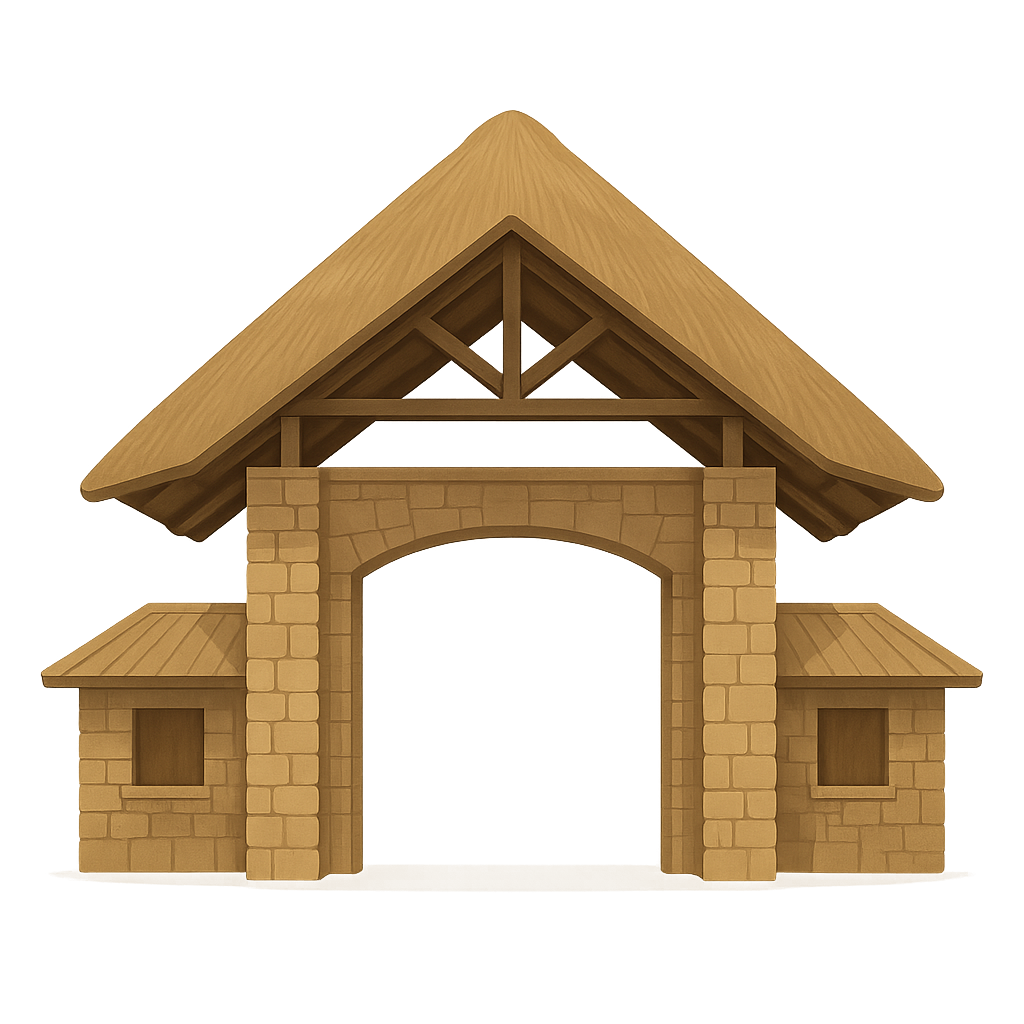The Land That Runs on Forever
The sun warms my back, stretching across endless golden grasslands that ripple like a great sea in the wind. In the distance, the earth trembles with a low, steady rumble, the sound of a thousand hooves drumming a timeless rhythm. Lone acacia trees stand like ancient sentinels, their flat tops silhouetted against a sky so vast it feels like it holds the entire world. The air is clean and smells of dust, wild herbs, and the sweet promise of rain on the horizon. At dawn, a chorus begins—the whoop of a hyena, the powerful roar of a lion claiming his territory, and the chatter of a million birds greeting the day. At dusk, the symphony changes to the chirping of crickets and the soft calls of nocturnal hunters. I am a world teeming with life, a place of immense, raw, and untamed beauty where the cycles of life and death have played out for millennia. My name means 'the place where the land runs on forever' in the Maa language, a name given to me by the people who have known me the longest. I am the Serengeti.
For centuries, my story was woven into the lives of the Maasai people. They are my oldest companions, pastoralists who moved with their cattle in a rhythm that respected my own. They never sought to tame me but to live within my embrace, understanding that their herds could graze alongside the wild herds of zebra and wildebeest. They saw the lion not as an enemy, but as a noble and powerful neighbor. Their deep respect for every living creature shaped my identity, keeping me balanced and whole. Then, the world outside began to take notice. In the 1950s, two brave men from Germany, a father and son named Bernhard and Michael Grzimek, arrived. They saw the growing threats to my existence and knew they had to show the world why I was worth saving. They flew a small, zebra-striped plane low over my plains, not to hunt, but to count. They spent months mapping the epic journeys of my animal herds, trying to understand the invisible borders that life depended on. Their work was revolutionary, using science and passion to argue for my protection. From their incredible efforts came a film and a book, both called 'Serengeti Shall Not Die.' It was a powerful plea to the world, showing my breathtaking beauty and the fragility of my existence. Tragically, young Michael died when his plane crashed during their work, but his father, Bernhard, dedicated the rest of his life to fulfilling their shared mission. Because of their tireless work and the growing awareness they created, I was officially protected. In 1951, I was established as a National Park, a sanctuary for my wildlife. Then, in 1981, I was named a UNESCO World Heritage Site, recognized as a natural treasure belonging to all of humanity, a place that must be preserved for all time.
The true pulse of my existence, my very heartbeat, is the Great Migration. It is a spectacle of life so grand it is visible from space, a relentless, circular journey that has no real beginning and no end. Every year, driven by the ancient call of the rains, more than a million wildebeest, hundreds of thousands of zebras, and countless gazelles begin their trek. They thunder across my plains in long, dusty columns, their hooves pounding the earth, their calls filling the air. Their goal is simple: fresh, green grass to sustain them and their young. But the journey is filled with peril. They must face predators that follow their every move and navigate treacherous river crossings. The Grumeti and Mara rivers swell with powerful currents, and hidden beneath the surface, crocodiles wait patiently. This dramatic struggle is not a tragedy but a fundamental part of my ecosystem. This constant movement ensures that my grasslands are not overgrazed, and the cycle of life and death provides sustenance for the predators, scavengers, and even the earth itself. The migration is the engine that drives all life within me.
Today, I am not just a wild place; I am a promise. I am watched over by dedicated rangers who patrol my vast plains, protecting my animals from harm. I am a living laboratory for scientists from around the world who come to study my delicate ecosystems and learn the secrets of the natural world. And I am a place of wonder for visitors who travel here to witness my majesty, to feel the rumble of the migration, and to see a lion resting in the shade of an acacia tree. They leave with a deeper understanding of the planet we all share. I am a reminder that for all of humanity's progress, there is profound value in letting some places remain wild and free. So when you think of me, listen for the distant roar of a lion and the thundering hooves on the plain. Remember that I am a living, breathing testament to nature’s power and a promise we make to the future—a promise to always keep a home for the world’s greatest wonders.
Reading Comprehension Questions
Click to see answer
